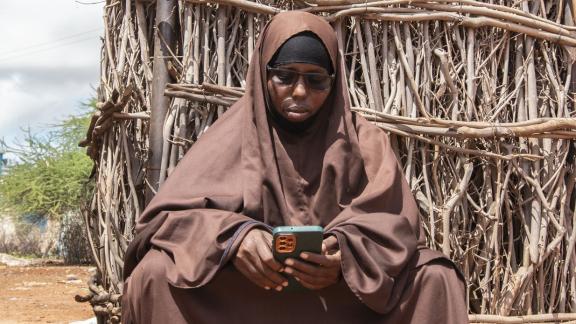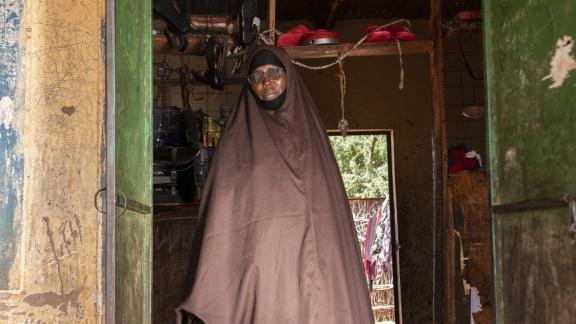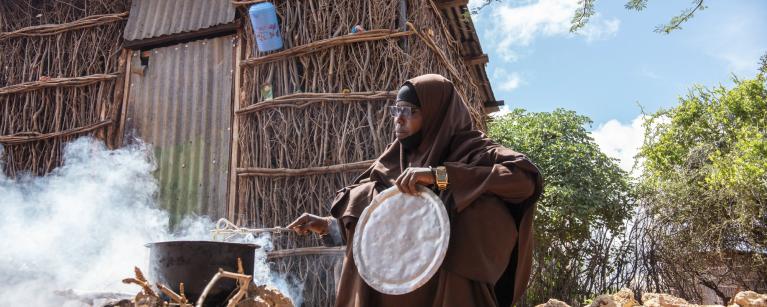“I have lost all my livestock. All are dead because of the drought; we have nothing left”
A silent but deadly hunger crisis continues to unfold in Boaa, a small village in the Wajir county in Northern Kenya. Many often talk about the drought tragedy through data, but the sad reality is that every statistic points to a real lived experience of a person. Beyond the numbers, the grim reality is that far too many children are on the verge of death from hunger; livestock remains litter the villages, and families are broken after losing all their livelihoods.
"I have lost all my livestock. I used to have 10 camels, 44 cows and 30 goats; all are dead because of the drought; we have nothing left, "says 36-year-old Habiba Yahya from Wajir County.
In Kenya, almost 1 million children under five and 142,179 pregnant and lactating women are acutely malnourished. These people are part of over 5.4 million Kenyans facing severe drought and acute food insecurity, all facing impossible choices – to eat or not to eat, to leave home and everything they know for the chance to survive but take the risk of walking days on end while weakened.
In parts of Kenya, the drought conditions are worsening, and the pastoral communities are left without their livestock and fertile land. Since last year, the number of people experiencing crisis levels of food insecurity or worse has skyrocketed from 3.5 million in April 2022 to 5.4 million people this year.
Habiba is among the millions of people from Northern Kenya who depend on their livestock to produce or buy food and make a living.
"We made money from selling milk, and we would have three meals a day, but after losing our animals, we are barely surviving," says Habiba


Five consecutive poor rainy seasons in Kenya's Arid and Semi-Arid Lands (ASAL) have exhausted families' coping capacities, with food prices at an all-time high.
The agro-pastoralists in the region have powerlessly watched droughts waste away their livestock and crops. Water sources for people and livestock have also dried up, forcing families to walk longer distances in search of this vital commodity.
"The cost of living is extremely high, we can barely afford anything now, and the situation is getting worse every day. We might not be able to afford even one meal a day in the coming weeks".
To mitigate the impacts of the drought, Oxfam in Kenya, in partnership with Wajir South Development Association (WASDA), is supporting a multi-Purpose Cash Transfer for vulnerable families in Wajir County, Kenya.
